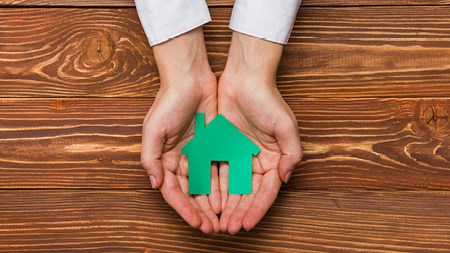South Africa’s construction industry is set to go green after energy efficiency building regulations came into effect in November 2011. From December 2011, all new buildings were required to use solar water heaters and heat pumps or similar technologies, while ceilings, walls and windows have to meet minimum requirements in insulation. Buildings now also have to be fitted with energy-efficient heating, air conditioning and mechanical ventilation systems.
The new regulations are defined in the South African Bureau of Standards’ SANS 10400 XA standard, and enforceable in terms of the National Building Regulations and Building Standards Act. But, says Lisa Reynolds, chair of the working group that developed the standards, the regulations will not be compulsory as its stipulations are more rigorous in terms of methods and materials used. Rather, it is the standard that the country will be working towards over the next eight to 10 years.
According to the Green Building Council of South Africa (GBCSA) SA has seen a massive increase in the Green Star SA rating. The GBCSA defines a green building as energy efficient, resource efficient and environmentally responsible. It incorporates design, construction and operational practices that significantly reduce or eliminate the negative impact of development on both the environment and occupants.
The council provides the commercial property industry with an objective measurement for green buildings and recognises and rewards environmental leadership in the property industry. Scoring is done in nine categories: management, indoor environment quality, energy, transport, water, materials, land use and ecology, emissions and innovation.
One such green projects, Menlyn Maine, Nedbank’s new regional head office, is set to become Africa’s first green city, one of only 17 worldwide. Some of the precinct’s green features include storm water tanks built into buildings in order to treat and circulate water for re-use inside as well as outside the building, and which are expected to provide non-potable water for almost a full year.
During construction, contractor WHBO recycled 21 968kg of crushed concrete, 17 000kg of steel and 2 740kg of wood on-site, which will be put back into buildings or used in the next phase of the precinct’s bulk earthworks.
The improved indoor environmental quality of green buildings, with more natural light and fresh air, has been linked to increased productivity among office staff, with powerful impacts on profitability.
Increased comfort, occupant satisfaction and more flexible work spaces have been shown to minimise the costs and impacts of churn, and attract and retain valuable staff. Because salaries can represent as much as 88 percent of typical annual costs in a commercial building, it follows that the productivity increases that are associated with green buildings can have a significant impact on the profitability of a business.
However, current challenges to building green include a lack of industry skills, the cost and availability of green products and materials, the relatively cheap pricing of energy and water, the lack of incentives for demonstrating best green practice and inadequate or conflicting government regulation.
For more green reading, browse:
The SAGBC’s report, in PDF format;
A case for investing in green property;
Practical advice for greening your own home.


